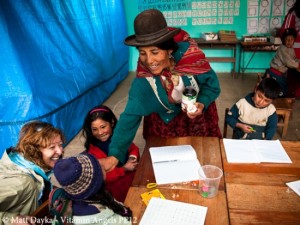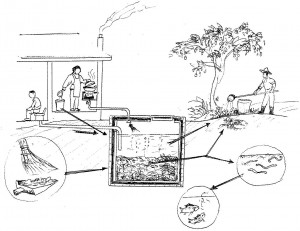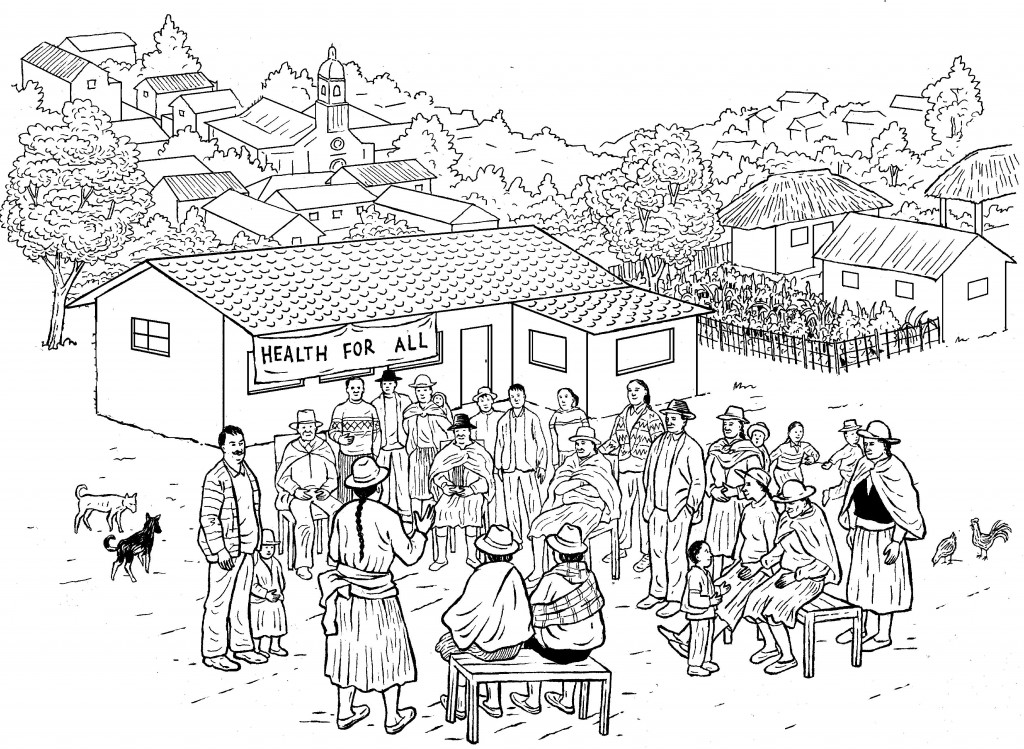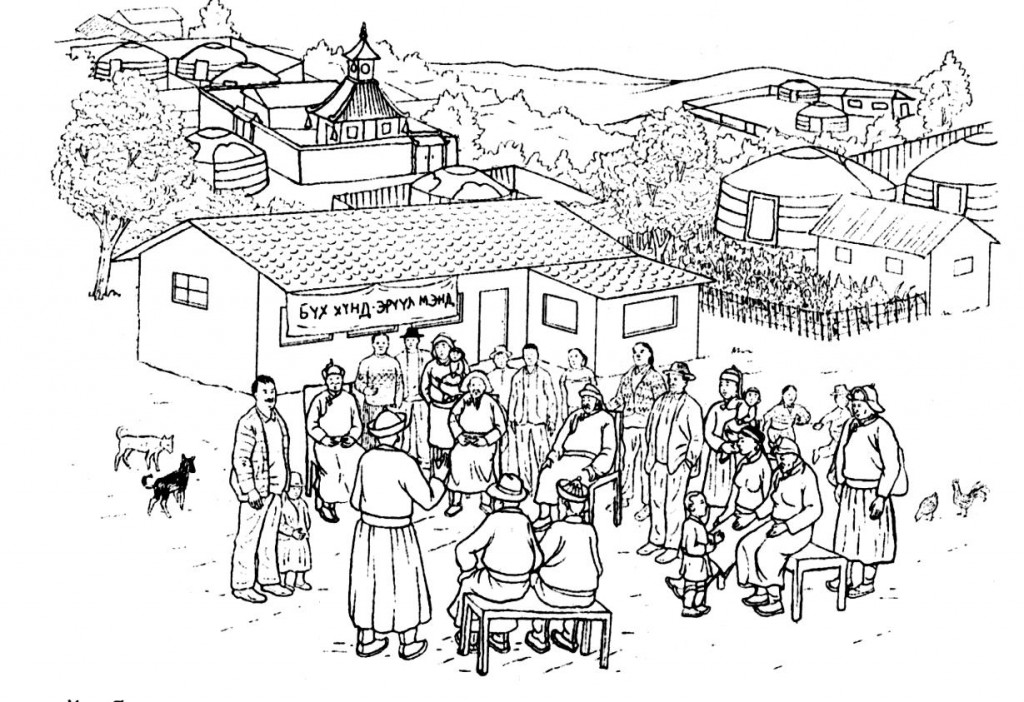Images Save Lives: Frontline health workers improve maternal health outcomes using illustrations
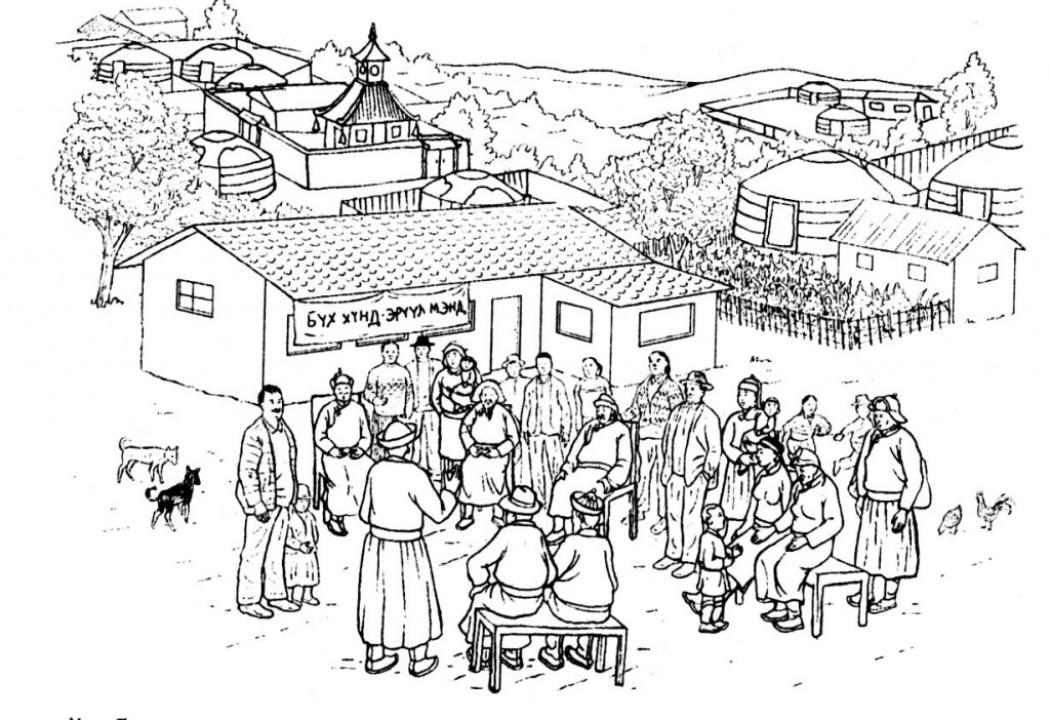
By Julia Nakad, Hesperian Health Guides
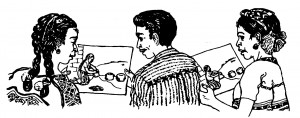 High in the Andes, the organization DESEA Peru has relied on images to improve local health outcomes. The group found creative ways to use images as a training resource with community health workers locally known as “qhalis” – from the Quechua expression “qhali’kaypac llank’sun,” meaning “working for health." During the last six years, the qhalis have transformed their community, struggling against a higher-than-average infant mortality rate to successfully eradicate maternal and child deaths caused by preventable illnesses.
High in the Andes, the organization DESEA Peru has relied on images to improve local health outcomes. The group found creative ways to use images as a training resource with community health workers locally known as “qhalis” – from the Quechua expression “qhali’kaypac llank’sun,” meaning “working for health." During the last six years, the qhalis have transformed their community, struggling against a higher-than-average infant mortality rate to successfully eradicate maternal and child deaths caused by preventable illnesses.
Courtesy Vitamin Angels. Courtesy Hesperian Health Guides.
The qhalis are the frontline health workers in the region. In this role, qhalis are expected not only to assist during obstetric emergencies, but also to provide preventative health training to school children and expecting parents through home and school visits.
Creating effective educational materials for the qhalis was a challenge. Since 95% of the local population speaks only Quechua, and literacy is low in the region, Sandra McGirr and Sandy Hart – founders of DESEA Peru – decided to build a health program tailored to the community’s culture. Drawing upon the strength of the Quechuan oral tradition, they worked with the qhalis to create image-based materials to trigger the qhalis incredible recall of orally instructed information.
Inspired by the images in Hesperian’s Where There is No Doctor, they drew images that referenced the people and places of their own communities and combined them with health messages. These images were then also used to make informative coloring books that were handed out to families, covering prenatal health, postnatal health and pneumonia. The qhalis taught families that images in the book were “warning signs” – if one warning sign was present, family members should remain vigilant; if two signs were present, they should find a community health worker who could help them carry out their emergency plan.
This inspiring work highlights the vital role of frontline health workers in improving health outcomes as well as the key role that images and illustrations can play in health education. For years, Hesperian’s image library did not exist and frontline health workers around the world have had to literally photocopy, cut, and paste pictures from Hesperian’s publications to use in educational and training programs. This process became much easier in 2011 when Hesperian created Hesperian Images, an online library of more than 12,000 illustrations from 20 publications. A gallery of male and female “talking heads” from a rainbow of ethnicities, “how-to” illustrations for creating mobility aids or water filters, anatomical diagrams, social and contextual images of frontline health workers successfully leading community discussions – these are only a part of the wide variety of drawings now easily accessible online.
And instead of paging through a book to find the drawing you want; images in the database are tagged with searchable descriptors including medical problem shown, gender, age, and setting. Users can collect and purchase images online, or they can apply to have images donated to their projects. The images can be downloaded in various file formats and then be further cropped, adjusted and adapted. Health workers often modify the images to incorporate local dress, symbols, and landscapes.
The success of the qhalis of rural Peru demonstrates how appropriate materials can build on the pre-existing strengths of community members to both respond to and anticipate medical problems with impressive outcomes. The uses of Hesperian’s images worldwide also has demonstrated their utility and relevance across myriad cultural contexts and situations. Frontline health workers have used Hesperian Images on hand-washing signs at birth centers in India, on informational flyers about gender-based violence in South Africa, and on community mobilization flyers for the constructions of latrines in Haiti. We hope these images will continually be reused and redrawn to support the educational and preventative efforts of frontline health workers around the world.

